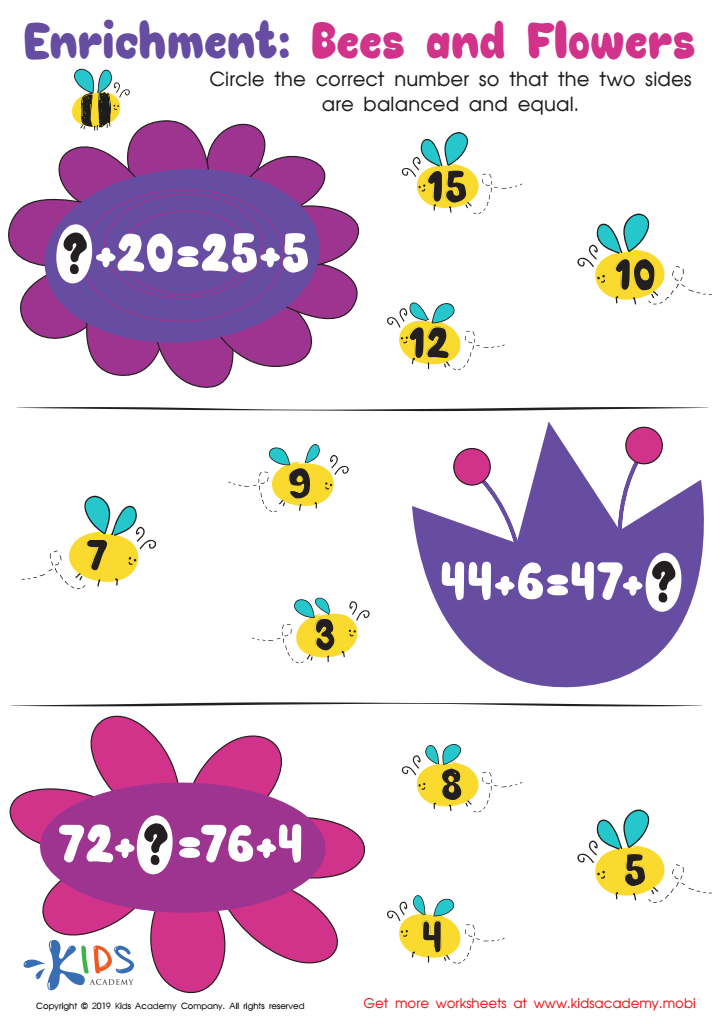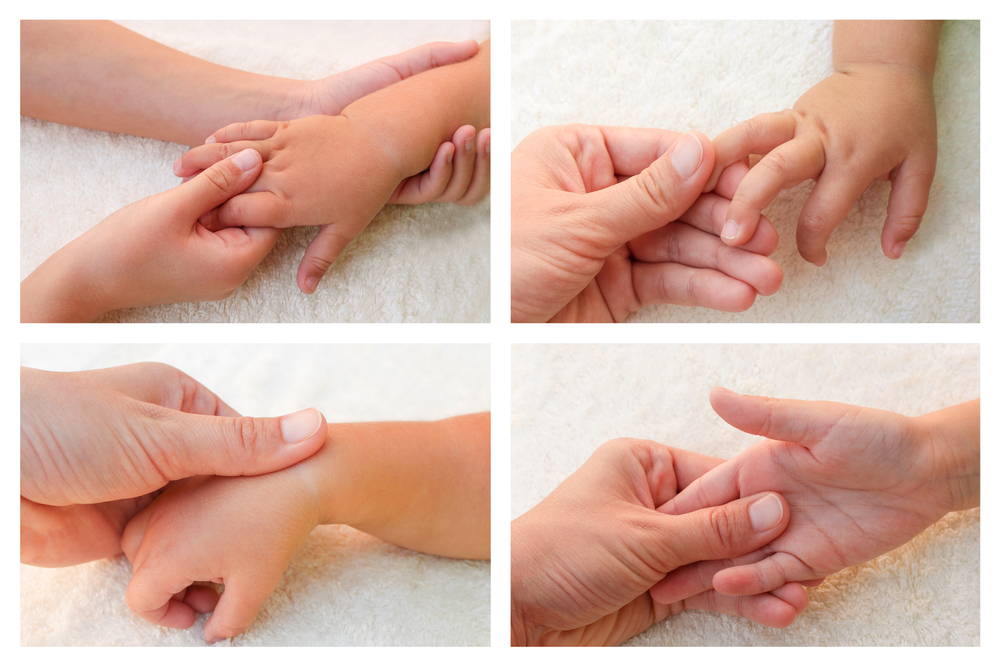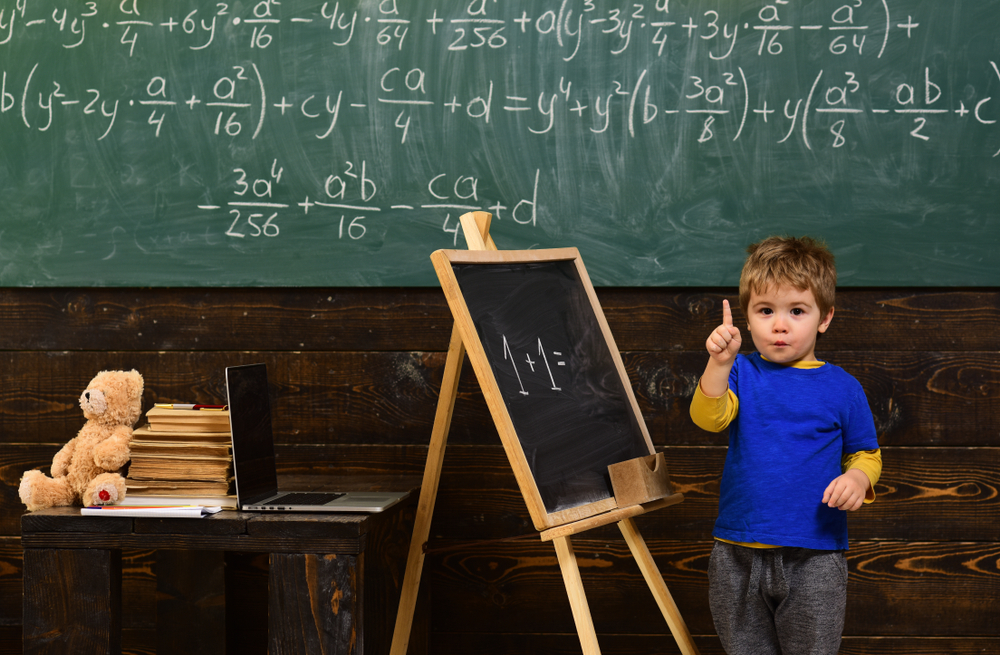Bee anatomy knowledge Worksheets for Kids
1 filtered results
-
From - To


Enrichment: Bees and Flowers Worksheet
Question/Answer
How to test a Grade 2 student’s Bee anatomy knowledge skills?
To test a Grade 2 student's bee anatomy knowledge, you can use matching exercises where they match bee body parts (like wings, antennae, abdomen, thorax, and legs) to their functions or locations on a diagram. Flashcards, labeling activities, and simple multiple-choice questions are also effective tools for assessing their understanding of bee anatomy at this level.
Why is the Bee anatomy knowledge skill important for Grade 2 students?
The Bee anatomy knowledge skill is important for Grade 2 students because it lays a foundation for understanding biology, ecology, and environmental science. By learning about bee anatomy, students start to appreciate the role of bees in pollination and ecosystem health, fostering early interest in science and nature conservation, and promoting curiosity about the natural world and its interconnectedness.
How does the mastery of the Bee anatomy knowledge skill affect a student's performance at an early age?
Mastery of bee anatomy knowledge at an early age fosters scientific curiosity, enhances observational skills, and promotes understanding of biodiversity and ecosystems. It encourages critical thinking, improves retention of complex biological concepts, and sets a foundation for advanced scientific learning.

 Assign to My Students
Assign to My Students
















